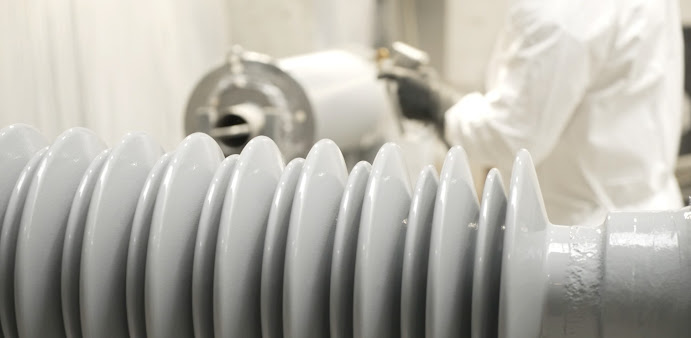What Are The Strategies To Prevent Rust On Electrical Towers?

Rust prevention is crucial for the structural integrity of electrical towers and power transmission infrastructure. Regular maintenance and inspections are necessary to prevent dangerous breaks. Weather conditions can cause metal rust, affecting conductivity and potentially leading to poor grounding, resistance, or failure. Insulating paints or coatings are applied to steel before installation. In this post, we provide a few techniques to stop rust on electrical towers : By Painting Painting is an excellent, low-cost way to protect against rust. The paint creates a barrier between the metal and corrosive elements. Oil-based paints are the best option if you want to keep water and oxygen from penetrating the metal and causing corrosion. This barrier keeps water and oxygen from contacting the metal surface and reacting with it. Thus, the rusting process is halted. Using the appropriate paint to prevent rust on electrical towers is critical. Routine upkeep and inspections Maintenance is r
